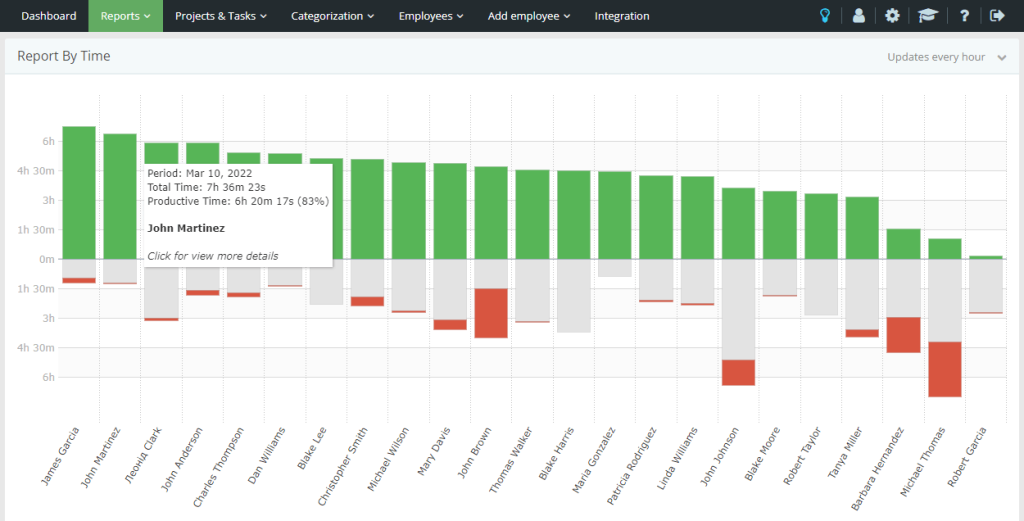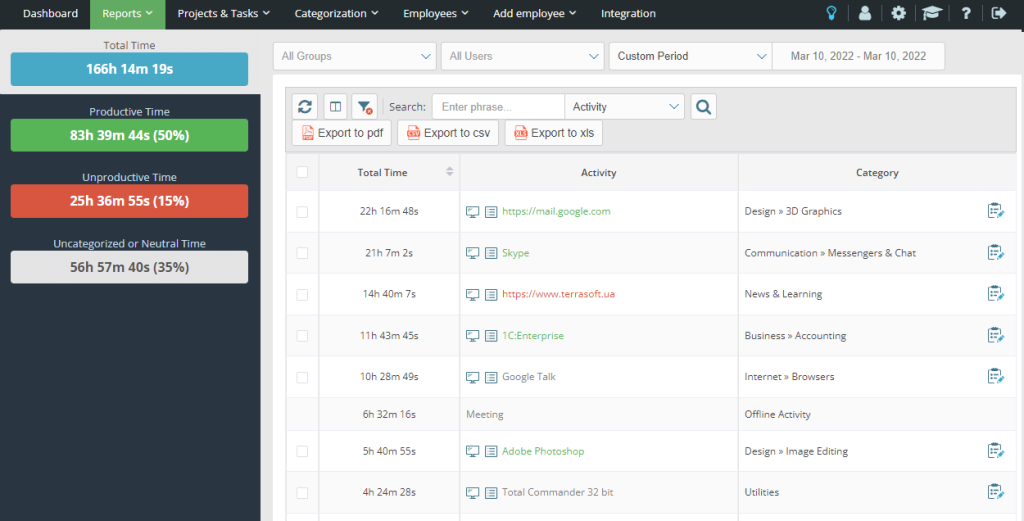Tracking time without understanding the right data often leads to confusion rather than clarity. Many leaders invest in employee monitoring tools but struggle to turn collected information into actionable improvements. Focusing on essential time tracking metrics provides true performance insights and enables better decisions that drive results.
What are the most important time tracking metrics to monitor?
The top metrics focus on how effectively employees spend their time, how teams collaborate, and how project outcomes align with strategic goals.
When businesses rely on incomplete data, inefficiencies, burnout, and missed targets become inevitable. Knowing exactly which indicators to monitor helps companies strengthen operations, improve productivity, and deliver better results.
Why Time Tracking Metrics Matter for Business Success
Measuring employee time is not just about accountability; it is about uncovering hidden patterns that impact overall performance. By tracking meaningful metrics, leaders gain visibility into how work actually gets done, where bottlenecks exist, and where optimization is possible.

Advanced employee monitoring tools not only track hours but also provide real-time dashboards that highlight trends, workload imbalances, and emerging risks across teams.
Core Time Tracking Metrics Every Leader Should Watch
The right metrics reveal more than just hours worked — they show the quality, efficiency, and alignment of work efforts with business goals.
Key time tracking metrics to focus on:
Billable versus non-billable hours
Project time allocation versus estimated time
Idle time during work hours
Average time spent on high-priority tasks
Overtime trends and causes
These indicators help companies measure the real productivity of their teams and identify areas where time investment can be improved.
How Team Productivity Metrics Shape Strategic Decisions
Monitoring team productivity metrics goes beyond individual output. It helps organizations see how teams function collectively — identifying strengths, weaknesses, and opportunities for smarter resource allocation.
Effective management reporting built on real productivity data supports faster decision-making, more accurate forecasting, and a culture of transparency across all levels of the organization.

Leaders who act on these insights create more resilient, adaptive businesses that are better equipped to handle change and drive sustainable growth.
Transforming Performance Insights Into Action
Collecting data is just the first step. The real power lies in turning performance insights into targeted actions that boost efficiency and morale. Leaders can use time tracking reports to:
Rebalance workloads among employees
Adjust project timelines based on real working hours
Recognize top performers and reward efficiency
Detect early signs of overwork or disengagement
Refine team structures to support better collaboration
When companies align time tracking with actionable management reporting, they unlock a powerful tool for continuous improvement.
Use Metrics to Lead Smarter, Not Harder
Understanding key time tracking metrics empowers leaders to shift from reactive management to strategic leadership. By focusing on the right data, businesses can transform how work gets done, enhance team productivity, and continuously move closer to their goals.
Take the first step towards smarter leadership today — explore how Yaware’s time tracking and reporting solutions can turn raw data into real results. Register now and build a stronger, data-driven organization.

